Introduction
Donkey-hide gelatin cake, also known as ejiao cake, is a traditional Chinese snack renowned for its rich nutritional profile and historical significance. Made primarily from donkey-hide gelatin, nuts, seeds, and sweeteners like honey or brown sugar, this delicacy has been consumed for centuries for its purported health benefits, including blood nourishment, skin rejuvenation, and immune support. However, like many perishable goods, its longevity when stored at room temperature is a critical concern for consumers. This article explores the factors influencing how long donkey-hide gelatin cake can remain safe and palatable under ambient conditions, offering insights into storage practices, spoilage indicators, and cultural considerations.
Understanding Donkey-Hide Gelatin Cake
Before delving into shelf life, it is essential to grasp the composition of donkey-hide gelatin cake. The primary ingredient, donkey-hide gelatin, is derived from boiling donkey hides, a process that concentrates collagen and other proteins. This gelatin is then mixed with ingredients like black sesame, walnuts, jujube, and goji berries, all of which contribute to the cake’s texture, flavor, and moisture content. The final product is typically sliced into bars or blocks, packaged, and sold as a ready-to-eat snack.
Factors Influencing Shelf Life at Room Temperature
The durability of donkey-hide gelatin cake at room temperature hinges on several interrelated factors:
- Ingredient Composition: The presence of moisture-rich components, such as fresh fruits or honey, can accelerate spoilage. Conversely, dry ingredients like roasted nuts or seeds may extend shelf life by reducing overall moisture activity.
- Packaging: Airtight packaging, such as vacuum-sealed bags or sealed containers, minimizes exposure to oxygen and humidity, which are primary catalysts for microbial growth and oxidation.
- Environmental Conditions: Ambient temperature and humidity levels play pivotal roles. High temperatures (above 25°C/77°F) and humidity (above 60%) create ideal conditions for bacteria, molds, and yeast to proliferate.
- Preservatives: Commercially produced cakes often contain additives like sorbic acid or potassium sorbate to inhibit microbial activity. Homemade versions, lacking such preservatives, typically have shorter shelf lives.
- Hygiene During Preparation: Contamination from improper handling, utensils, or surfaces can introduce spoilage organisms, shortening the product’s lifespan.
General Shelf Life Guidelines
Under optimal conditions (cool, dry, and well-ventilated environments), donkey-hide gelatin cake can retain its quality for 3–6 months when unopened and stored at room temperature. However, this estimate varies significantly based on the factors outlined above:
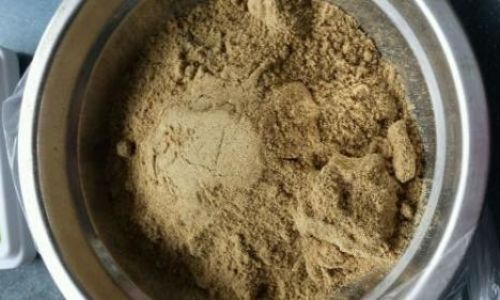
- Unopened vs. Opened Packaging: Sealed packages create a protective barrier against external contaminants. Once opened, exposure to air and humidity can reduce shelf life to 1–2 months, even with proper resealing.
- Commercial vs. Homemade: Factory-made cakes, with standardized production processes and preservatives, often outlast homemade counterparts. Homemade varieties, crafted in smaller batches without artificial additives, may last only 2–4 weeks post-preparation.
- Seasonal Variations: In humid or tropical climates, shelf life diminishes due to accelerated microbial activity. During monsoon seasons or in regions with high average temperatures, consumers should exercise caution and consume the product sooner.
Signs of Spoilage
Identifying spoilage early is crucial to avoid health risks. Key indicators include:
- Texture Changes: Overly hard, sticky, or crumbly texture may signal degradation. Fresh donkey-hide gelatin cake should be chewy yet tender.
- Off-Odors: A sour, fermented, or musty aroma replaces the product’s typical sweet, nutty scent.
- Visual Mold: Fuzzy green, blue, or white patches indicate fungal growth. While some molds are harmless, others produce mycotoxins that pose health risks.
- Taste Alterations: A bitter, metallic, or overly sweet flavor profile suggests spoilage.
Proper Storage Techniques to Maximize Shelf Life
To extend the usability of donkey-hide gelatin cake at room temperature, adhere to these practices:
- Airtight Containers: Transfer the cake to glass or plastic containers with tight-fitting lids to prevent moisture absorption and oxygen exposure.
- Cool, Dark Locations: Store away from direct sunlight, stoves, or windows. A pantry or cupboard with consistent temperature and low humidity is ideal.
- Avoid Contamination: Use clean utensils to portion the cake, and avoid touching the product with bare hands to prevent introducing bacteria.
- Desiccant Packets: Including silica gel packs inside the container can help absorb excess moisture, though ensure they are food-safe.
Extending Shelf Life Beyond Room Temperature
For those seeking longer-term storage, refrigeration or freezing are viable options:
- Refrigeration: At 4°C (39°F) or below, donkey-hide gelatin cake can last 6–12 months. However, condensation may occur when removing it from the fridge, so allow it to reach room temperature before opening the container.
- Freezing: Wrapped tightly in plastic or aluminum foil and stored in airtight bags, frozen cakes can remain edible for 12–18 months. Thaw slowly in the refrigerator to prevent texture changes.
- Vacuum Sealing: Removing oxygen from the package halts aerobic bacterial growth, significantly prolonging shelf life.
- Preservatives: Adding natural antimicrobials like honey, cinnamon, or rosemary extract during preparation can inhibit spoilage, though this may alter the flavor profile.
Safety Considerations
Consuming expired donkey-hide gelatin cake carries risks, including foodborne illnesses caused by bacteria like Staphylococcus aureus or Bacillus cereus. Symptoms range from gastrointestinal distress to, in rare cases, severe complications. Individuals with weakened immune systems, pregnant women, and the elderly should exercise particular caution.
Additionally, allergy sufferers must scrutinize ingredient lists, as nuts, sesame, or gelatin (derived from animal sources) are common allergens. Cross-contamination during production is a concern for those with severe allergies.
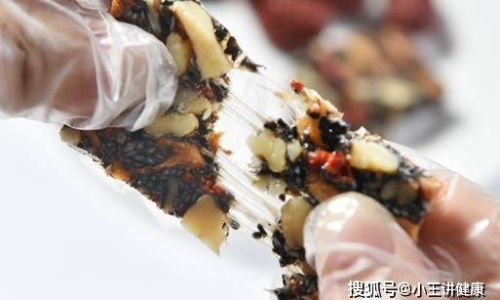
Cultural and Traditional Perspectives
Historically, donkey-hide gelatin cake was stored in clay jars or ceramic containers buried underground, leveraging cool, stable temperatures to preserve freshness. In modern times, advancements in packaging and refrigeration have altered these practices, yet the principle of minimizing environmental exposure remains central.
Traditional Chinese Medicine (TCM) practitioners often emphasize consuming the cake within specific seasons to align with bodily needs, suggesting that shelf life considerations also intersect with therapeutic efficacy.
Conclusion
The shelf life of donkey-hide gelatin cake at room temperature is a nuanced interplay of ingredients, packaging, and environmental conditions. While commercially produced cakes may last 3–6 months under ideal circumstances, homemade versions or those stored in humid climates require shorter consumption windows. By adhering to proper storage techniques, monitoring for spoilage signs, and understanding the limits of preservation, consumers can safely enjoy this timeless treat. Ultimately, balancing tradition with modern food safety practices ensures that donkey-hide gelatin cake remains both a culinary delight and a healthful indulgence.
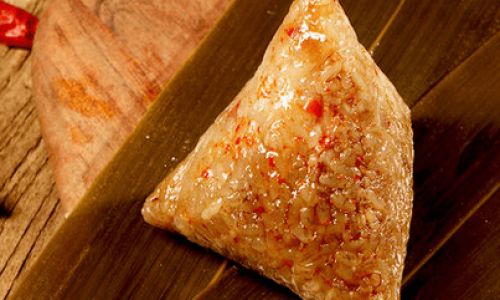
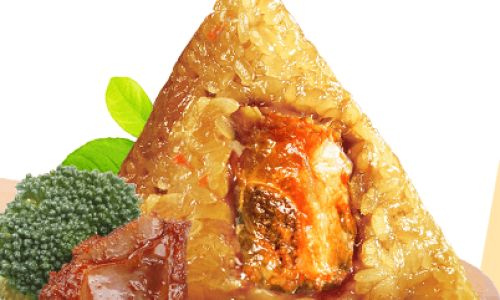
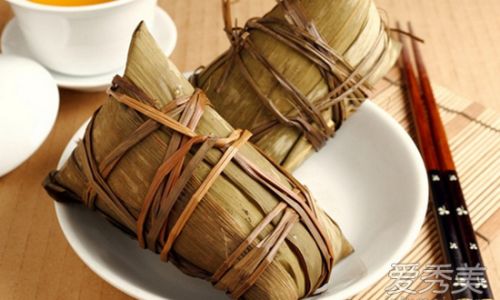
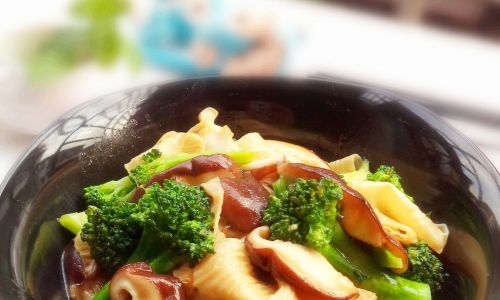
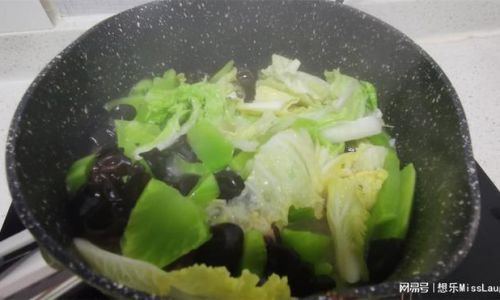
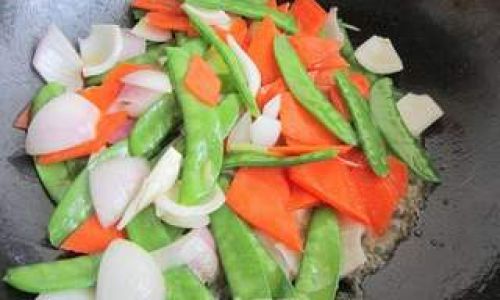
0 comments